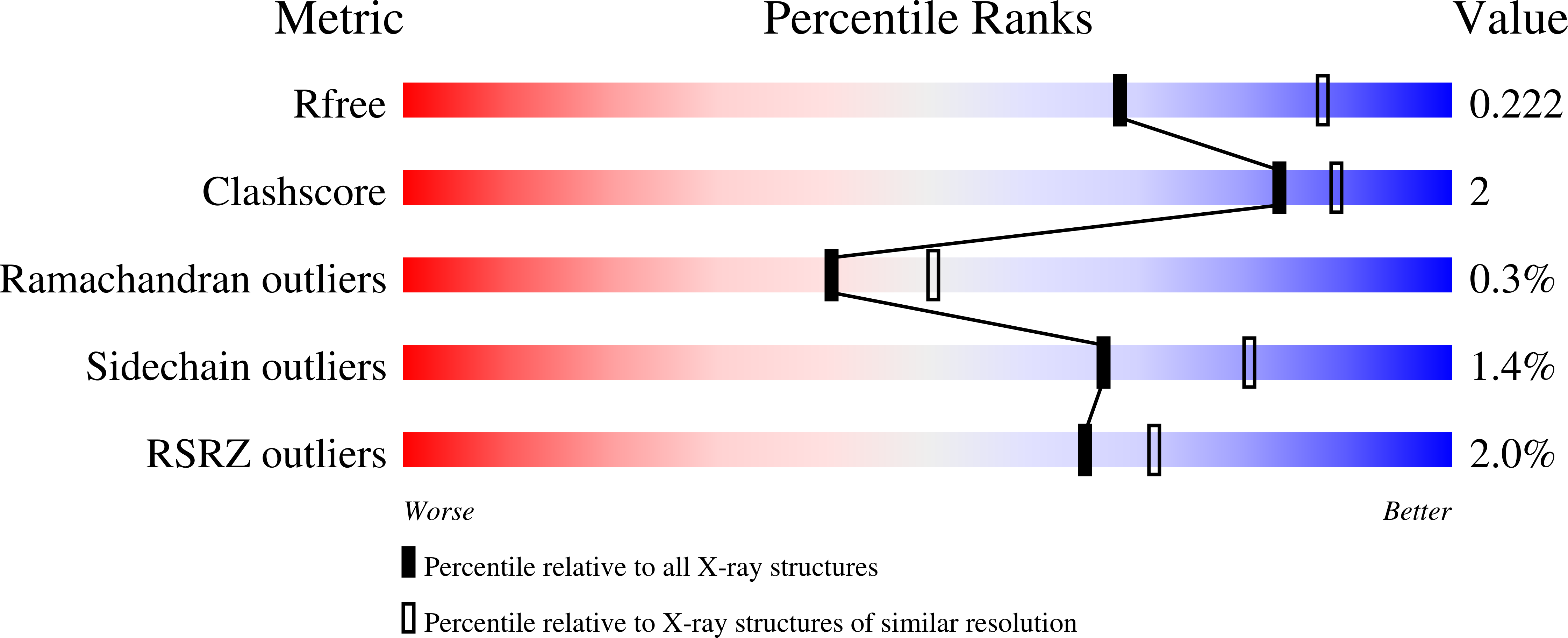
Deposition Date
2020-09-04
Release Date
2020-12-30
Last Version Date
2024-01-31
Entry Detail
PDB ID:
7AAU
Keywords:
Title:
Crystal structure of nitrosoglutathione reductase from Chlamydomonas reinhardtii in complex with NAD+
Biological Source:
Source Organism:
Chlamydomonas reinhardtii (Taxon ID: 3055)
Host Organism:
Method Details:
Experimental Method:
Resolution:
2.30 Å
R-Value Free:
0.22
R-Value Work:
0.17
R-Value Observed:
0.18
Space Group:
P 21 21 21


